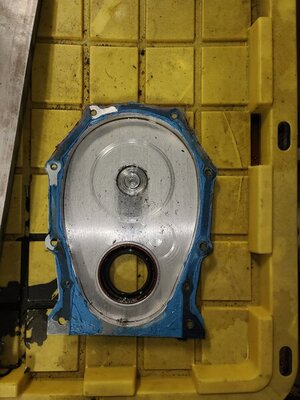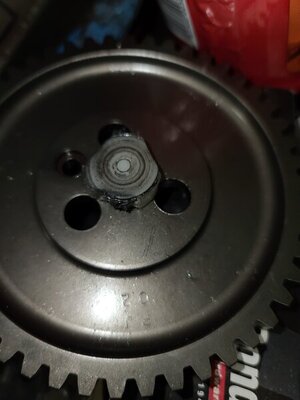beanhead
Easily Offensive
One thing I will not do..........is tell you to do something that I have not put my own *** on the line trying first.
I believe that. When IQ52 advises something, that's the last word IMO. And, after seeing how a cam wants to walk right out of the engine at 120rpm, I have zero confidence that even with a timing chain installed and valve spring pressure pushing down on everything a cam would not be able to move enough to bite the cover at 6000rpm.
I'll use a button.
(When I can convince my hands to pry open my wallet enough to go
to a proper roller setup, that is


















